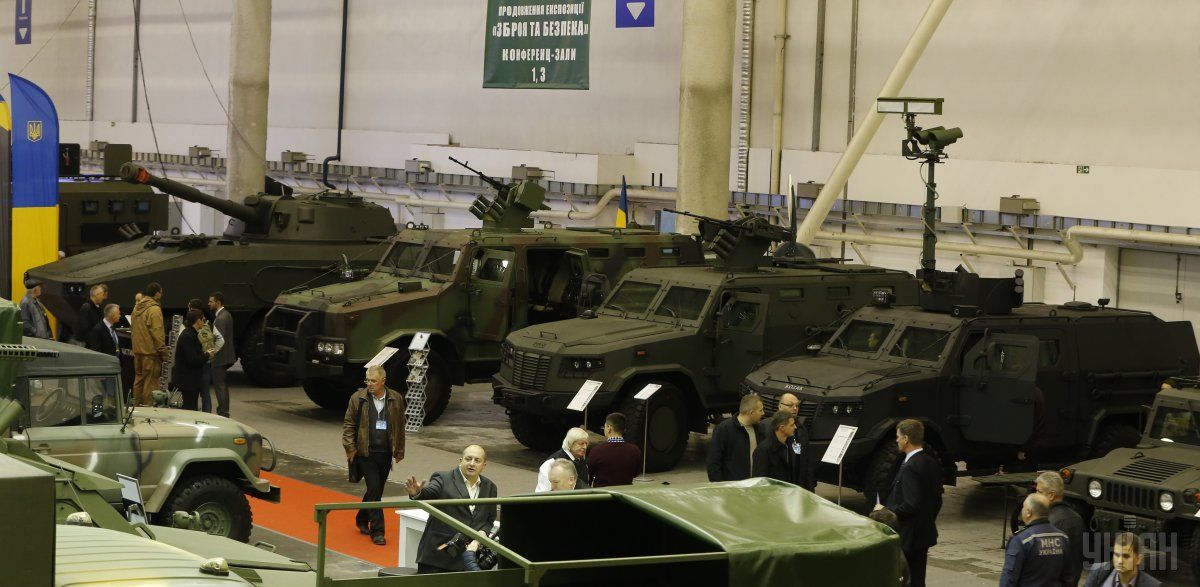
Year of Ukrainian arms: smashing "Thunder" and "Missile Shield"
Ukraine continues to strengthen its military capabilities. In 2016 the national military industry showcased a number of new projects, while the country’s defense sector, for the fourth consecutive year, received record funding.
During the military conflict in Donbas and Russia’s pressure on Ukraine on the eastern borders, defenses have become a top priority both in the government policies and in the country’s development. The state budgets started to be called "defense-oriented", while the funding of the Ukrainian army has risen to record highs.
In 2016, the funding of Ukraine’s defense and security sector amounted to UAH 113 billion, which is 20% more than the year before. In 2017, the figures will rise, once again. Ukraine intends to allocate a record 5.9% of GDP, or UAH 133 bln (nearly $5 bln) in monetary terms, for its defense and security sector.
However, to this amount still falls short of what is allocated by global powers. Ukraine’s main enemy, the Russian Federation, maintains its defense budget on the usual high level of more than $70 billion. European countries in 2016 also increased defense spending significantly. In particular, the United Kingdom has allocated for these purposes some $55.5 billion, France gave $50.9 billion, and Germany provided $39.4 billion.
Regarding the priorities in the national defense sector for 2017, they will remain unchanged. The priority list is topped by the program to create a "missile shield", or produce new missile and artillery systems.
"We have to complete the state defense order for 2017, giving preference to modern missile systems, heavy artillery systems, air defense, electronic warfare and electronic intelligence equipment," said NSDC Secretary Oleksandr Turchynov.
The U.S. assistance should also strengthen Ukraine’s defense sector. Before leaving office, President Barack Obama signed the defense budget, which provides for the allocation of military assistance to Ukraine in the amount of UAH 350 million.
The list of aid, in addition to lethal defensive weapons, included technical support for the development of an integrated system for monitoring of the state border of Ukraine, as well as assistance in preparing staff officers and the high command of the Armed Forces of Ukraine.
In general, the past year has become a kind of a breakthrough for the Ukrainian defense industry. It was not so great when compared with global trends, but Ukraine it was a breakthrough for Ukraine, indeed.
UNIAN is offering a short overview of main events and new projects of Ukraine’s defense sector in 2016.
Missile shield
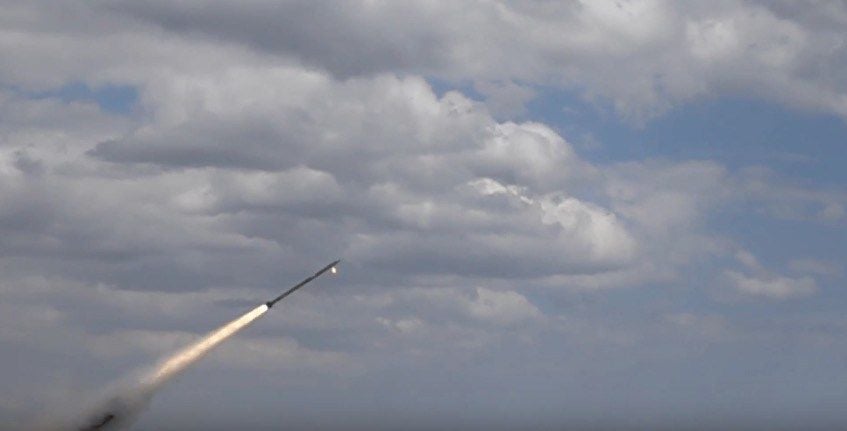
The main task for the Ukrainian industrialists in 2016 was to create new high-tech weapons, which should serve as a deterrent against the aggressive Russia. Ukraine has been implementing its "Missile Shield" program, which was quite successful in 2016.
In August, Ukraine made a test launch of a new rocket multiple launch rocket system "Olkha" and in November there came reports on the preparation for a test launch of a brand new "Hrom" [Thunder] missile, earlier scheduled for the end of 2016.
The results of the program implementation were so inspiring for the Ukrainian military that this even resulted in missile tests near the occupied Crimea. The situation escalated into a serious crisis with Russia with threats to conduct retaliatory strikes to protect Russian interests. However, these threats never saw life as Ukrainian missile tests were a success, while no actual reaction ensued from the Russian side.
According to the director of information and consulting company Defense Express, Serhiy Zgurets, the successful outcome of December's missile tests showed that Ukrainian companies have succeeded in implementing a program of extending the life of air defense missiles.
As the expert noted, the last time these works were performed was in 2007, in cooperation with Russian companies, when the term of use of these missiles has been extended until 2012.
"This means that after this time, all the missiles for S-300 systems – and we have 35 divisional systems today – gave no clear guarantees that they would be safely launched and engage air targets in combat mission," said the expert.
In late December, the Cabinet issued a decree authorizing the armed forces to shoot down, in case of emergency, the aircraft violating the country's airspace. It is worth recalling that in the past few years, the Russian warplanes regularly violated air borders of the Baltic states and a number of Western European countries.
Combat drones
One of the major achievements in the development of new weapons was the production of combat drones.
Last summer, Ukroboronprom presented a combat UAV "Phantom". According to the designers, a remote-controlled mini-APC can accelerate to 38 km/h, having a cruising range of 20 km. It is equipped with day and night sighting systems, able to aim its guns at a distance of 1,000-2,000 m.
Of course, this drone is still too far from mass-produced units, used by the U.S. and Israeli armies, but its appearance has opened yet another niche in Ukraine’s defense sector.
Later, a similar project was introduced by Leninska Kuznytsia shipyard. A combat robot "Piranha", presented in the autumn at one of the Arms expos, is armed with a 12.7mm machine gun, which can be transformed into a 40mm grenade launcher, with a range of 2 to 10 km.

According to the plans of the military leadership, 2016 was supposed to be the year of the emergence of another weapon so important for the Ukrainian army – a combat UAV. According to Turchynov, Ukraine has all the necessary capabilities for the production of such equipment. Turchynov believes it’s the state-owned aircraft design bureau Antonov which can implement the project. However, so far, only a model of combat UAV "Horlytsia" was presented.

According to Turchynov, the project is yet to be completed. The UAV will be tested as early as 2017.
Achievements of Antonov
Along with missile weapons, another major newsmaker in 2016 was the aviation industry. In particular, it was the state-owned Antonov, which is part of Ukroboronprom Concern.
The first thing to attract everyone's attention was an almost-forgotten Ukrainian Mriya. The world's largest airplane this May performed its first ever flight to Australia, causing quite a stir among the local population. Tens of thousands of Australians gathered to welcome the Ukrainian giant. After this, the wave of interest in Mriya has reached Ukrainian media, putting the plane for a few days on the top of the list of the country’s success stories, despite the fact that Mriya has been flying the world for two decades already.
Later, another story related to Mriya has rocked the web. In August, after a round of talks in China, the reports have spread about the alleged sale to the Chinese side of technical documentation and licenses for the production of Mriya aircraft. Representatives of Antonov rushed to reassure the public that the reports were slightly exaggerated. According to the company officials, Ukraine and China have agreed on a joint completion of production of a single Mriya, the fuselage of which has been covered in a decades-thick layer of dust in one of Antonov’s hangars. In addition, the parties agreed on a further joint production of Mriyas in the Chinese territory.
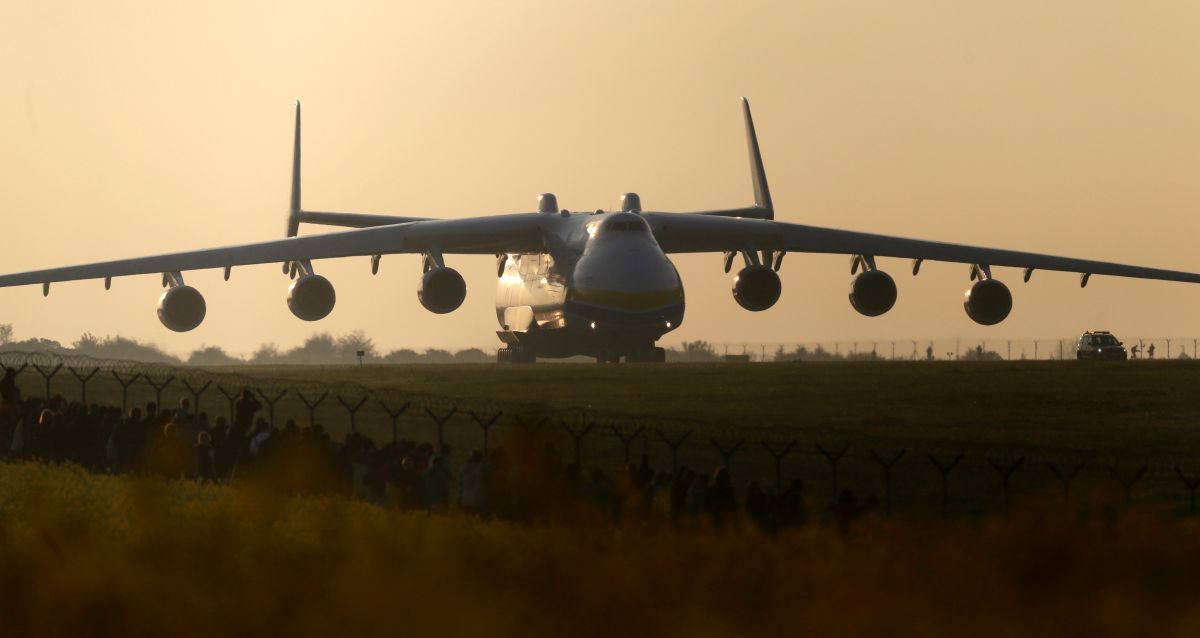
Another important event in the aviation market was the rollout of a brand new An-132. The project was implemented by the order of Saudi Arabia and is bound to be yet another hallmark of the company.
By the way, this was the only aircraft produced by Antonov in 2016. Although the company management is set to make Antonov the locomotive of the economy development, the situation is actually not so rosy.
Firstly, the company has no clear pull of orders. At the latest press conference, the company management ignored the question of an UNIAN correspondent on the amount of verified contracts for aircraft production.
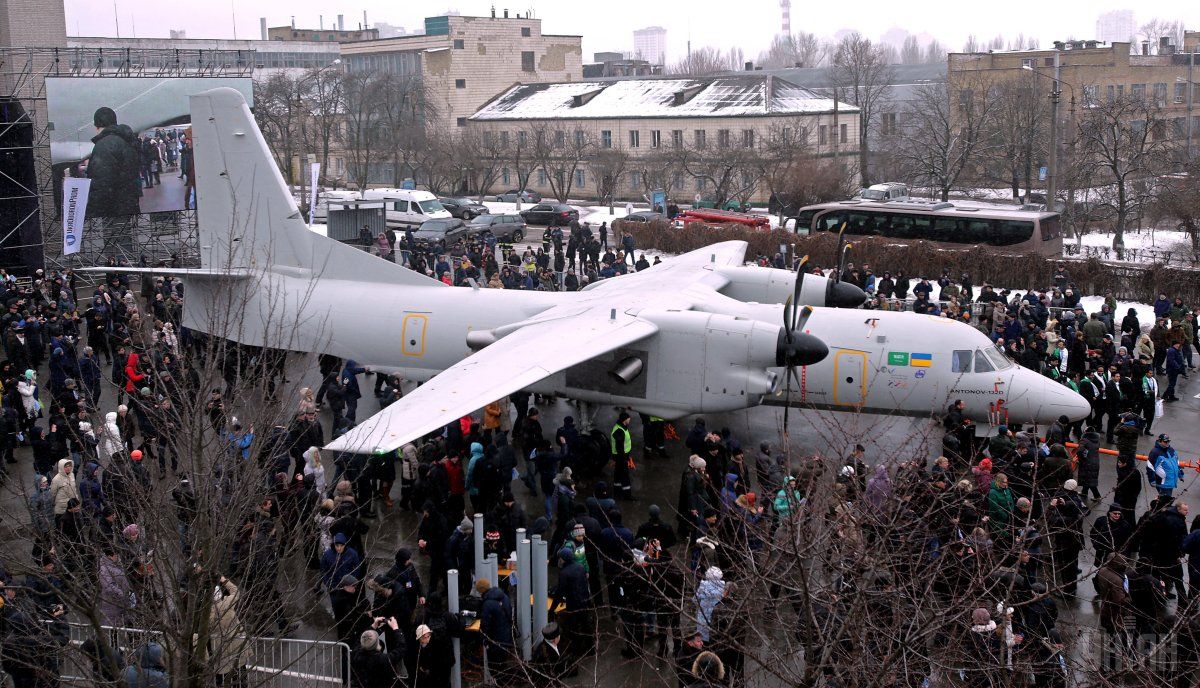
In addition, according to Antonov, to start serial production, it is necessary to attract about $700 million in investments. So far the only chance to start serial production of the aircraft is precisely the An-132 project. If the test flights, scheduled for spring 2017, are successful, then Saudi Arabia will be ready to sign a contract for the supply of 80 An-132 aircraft.
New projects in private sector
Another achievement in the arms market in 2016 was the emergence of tough competition from private companies offering their own versions of new or modified weapons.
At the Arms and Security expo last fall, several dozens of armored vehicles were presented that can be supplied to the Ukrainian military in the ATO zone – ranging from the well-known KrAZ Spartan to the new armored vehicles Varta and APC Otaman.

Also, the above-mentioned Leninska Kuznytsia introduced a light armored vehicle Triton-01, while the Ukrainian Automobile Concern Bogdan presented an updated armored vehicle Leopard-8 with an installed combat module Taipan designed by state-owned Spectechnoexport.
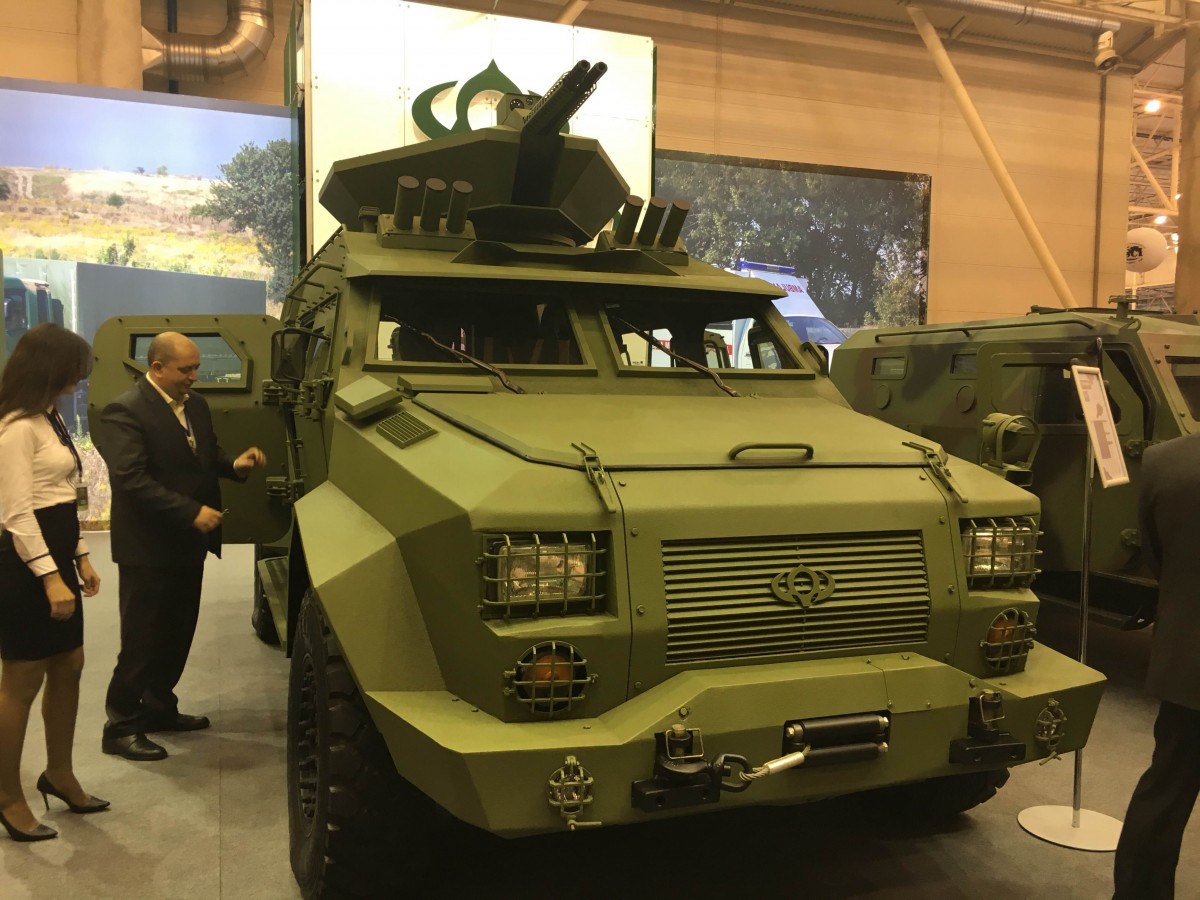
According to experts, the potential of private enterprises has grown so much that they should gain access to the world arms market on par with the state-owned defense companies.
"Today there are no equal conditions for private and state-owned companies. There needs to be a liberalization of foreign trade. That system, established in 1996, from the founding of Ukrspetsexport, is a thing of yesterday," said director of the Center for Army, Conversion and Armament of Ukraine Valentyn Badrak.
According to him, in recent years, the number of private defense companies has sharply increased and exceeded the number of the state-owned defense enterprises.
Replenishment of Ukrainian Navy
After the annexation of Crimea by the Russian Federation, Ukraine has also lost dozens of warships that were blocked in Crimean harbors. The already outdated Ukrainian fleet has become almost completely combat incapable.
However, in 2016, some positive trends started to appear. In April last year, Leninska Kuznytsia shipyard started construction of four small armored gunboats Gurza. The Ukrainian Navy is set to get up to 20 such gunboats by 2020.
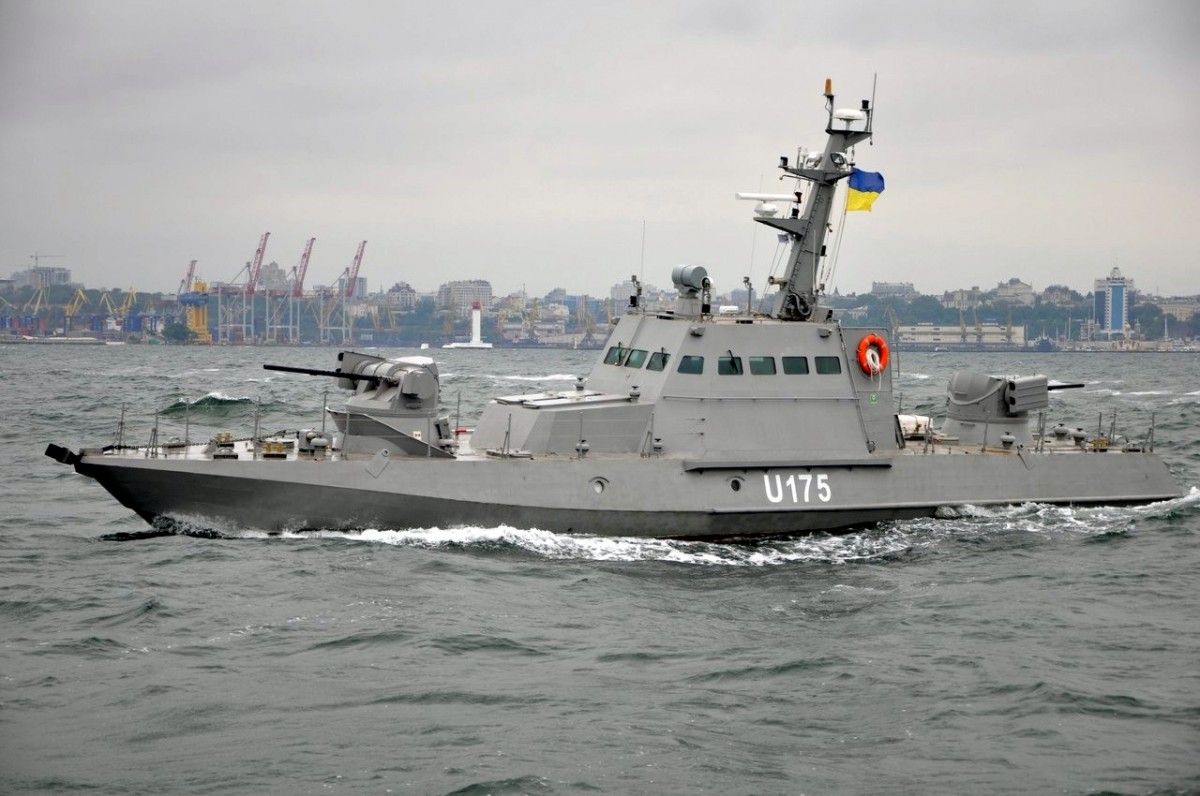
At the end of the year, the plant started production of another two armored amphibious assault boats Centaur, a continuation of the Gurza project.
By the way, the first two Gurza boats, launched in late 2015, successfully passed tests in 2016 and on December 6, they officially joined the Ukrainian Navy.
In addition to the construction of new boats, repairs were completed at the Ukrainian Navy's main strike force - the Hetman Sahaidachny frigate and Pryluky missile boat.
Vladyslav Shvets (UNIAN)

